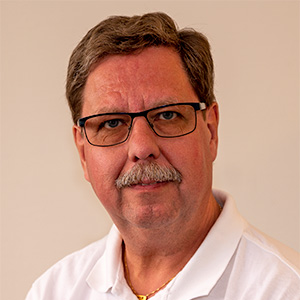
The key to success in North America
Product adaptation is the key when exporting to North America. Adaptation comprises both fulfillment of applicable regulations and to meet customers demands and expectations. It is not any insurmountable obstacle, you reach far with awareness and common sense. So, what is the difference between North American standard and Swedish standard?
How to adapt the electrical equipment?
A primary requirement is to fulfill applicable regulations. Are the used products approved, are they used according to the approval?
During the later years, North American and IEC standard are coming closer to each other. In spite of this, there are still areas with big differences, for example fuses, plugs, receptacles and earth fault protection. They are no insurmountable obstacles if they are dealed with on an early stage and in a sensible way.
"The best way to get a satisfied customer is when the supplied product meets the final user´s expectations. A new export market, like North America, involves new challenges. The customer´s expectations on parts of the product – the electrical equipment – may not be in line with expectations from the domestic market. Awareness and consultation may be the difference between success and failure."
Below are some areas listed – not all – that require your attention.
Fuses
North American fuses differ from European in many ways:
- The dimensions are different
- The characteristic is different
- The fuses are sized in a different way
We help you to choose the proper fuse for respective protection area based on the rules stated in National Electrical Code (NEC) and the industrial machinery standard NFPA 79.

Miniature circuit breakers and earth fault prot
MCBs are designed according to two different standards, UL 489 and UL 1077 depending on the area of use. Earth fault protectors, GFCI, are a combination between MCB and earth fault protection. They are also available in two versions:
- GFCI for personal protection with self-test per UL 943, 5 mA earth fault current
- GFCI for equipment protection per UL 1053, 30 mA earth fault current
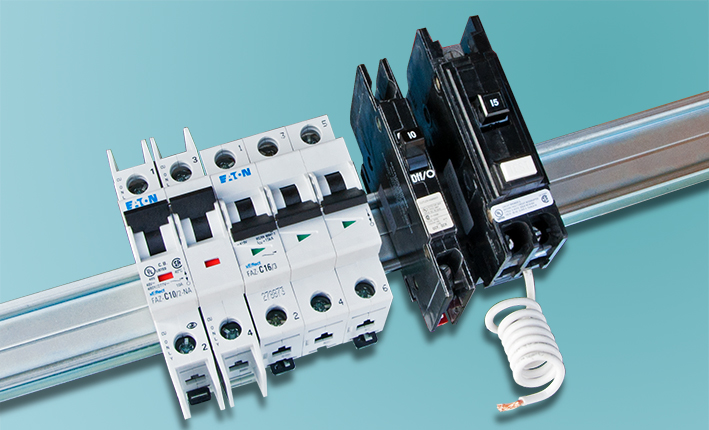
Control circuit
The most common control voltage in North America is 110 VAC. The control voltage is created by a control power transformer. We offer a wide range of approved transformers, many types are equipped with built-in fuseholders for correct protection according to NEC regulations.
We assist you to select the proper fuse.
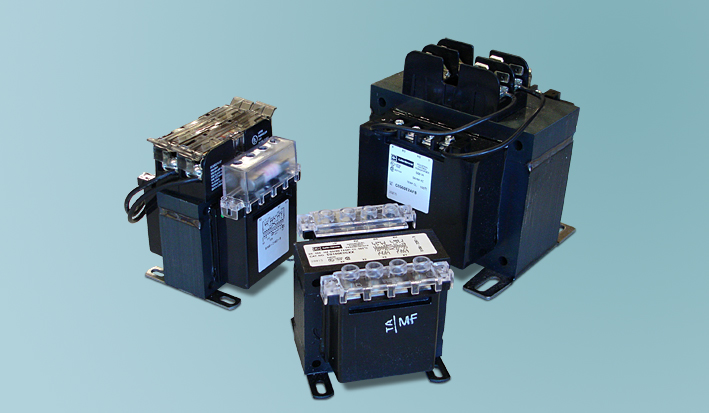
Installation
Installation praxis varies also from the European, the most common method is using circuit wire installed in conduit. Also cable/circuit wire differs, in North America, conductor size is stated in AWG numbers, for larger conductors the size is stated in kcmil. Colour coding also differs, phase is black, neutral is white and earth is green. Sizing rules are stated in NEC, we assist you. Other voltage levels, 460/208/120 V, and different frequency, 60 Hz, may affect selection for products like lights.
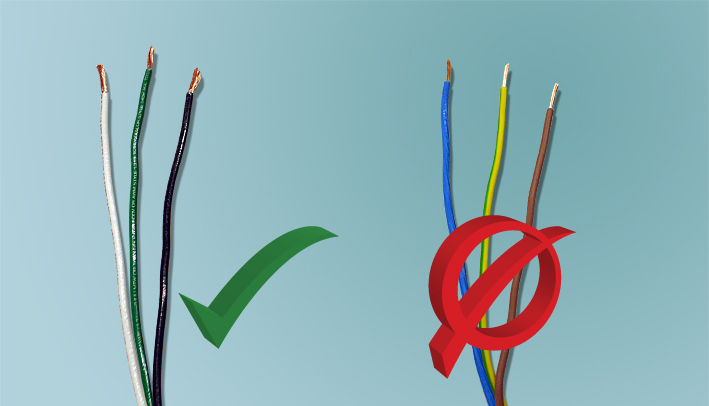
Wiring devices
It is commonly known that plugs and receptacles differs from the Shuko/CEE standard. NEMA standard wiring devices are most common for currents up to 50 A, other types are available for larger currents, more or less standardised.
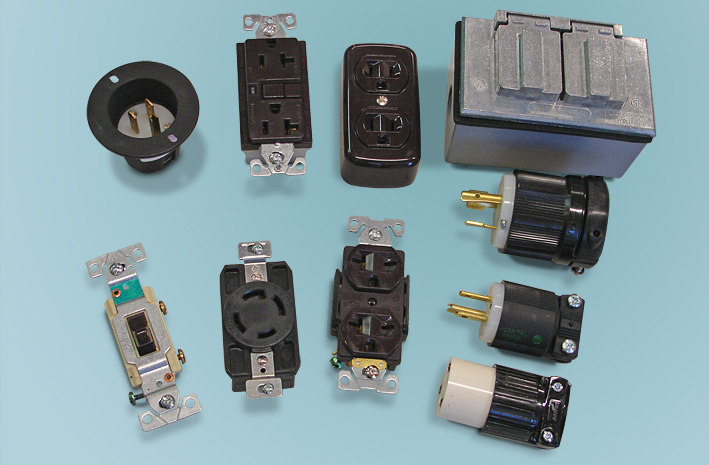
Load centers, power distribution
European type of distribution boards are not used in North America. For commercial applications ”Load centers” are used, for industrial applications ”Panel boards” are used, alternatively ”Switch boards” for distribution of larger power.
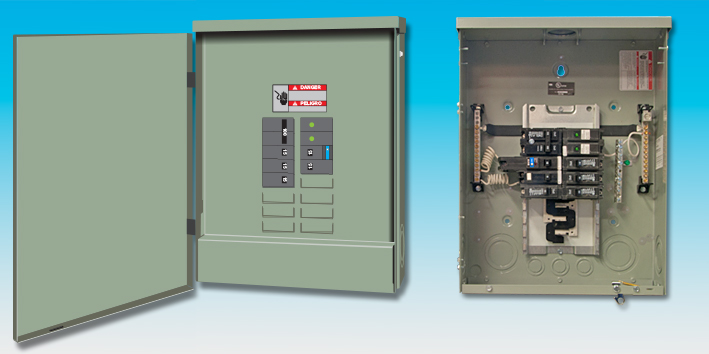
An enormous market with large potential
The North American market is as big as the European. Beside the size, the market is characterized for a large inherent potential and dynamic. It should be pointed out that USA is a federal state where the various member states have a large impact. Despite a federal standardization, local regulations occur and must be fulfilled. Californian requirements for seismic classification is one example.
Countries like Mexico are rapidly developed, especially in the oil sector. Countries in Latin America commonly prescribe North American standard – with local variations.
More than 30 years experience of export to North America
Do you export to North America? Do you need to adapt your electrical equipment to North American standard?
A first step to success can be to contact our sales team.
For more information, contact one of our
PRODUCT SPECIALISTS
